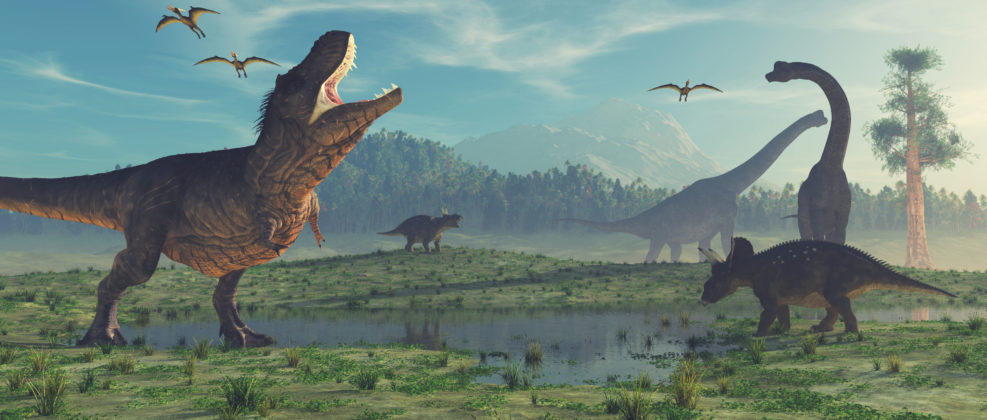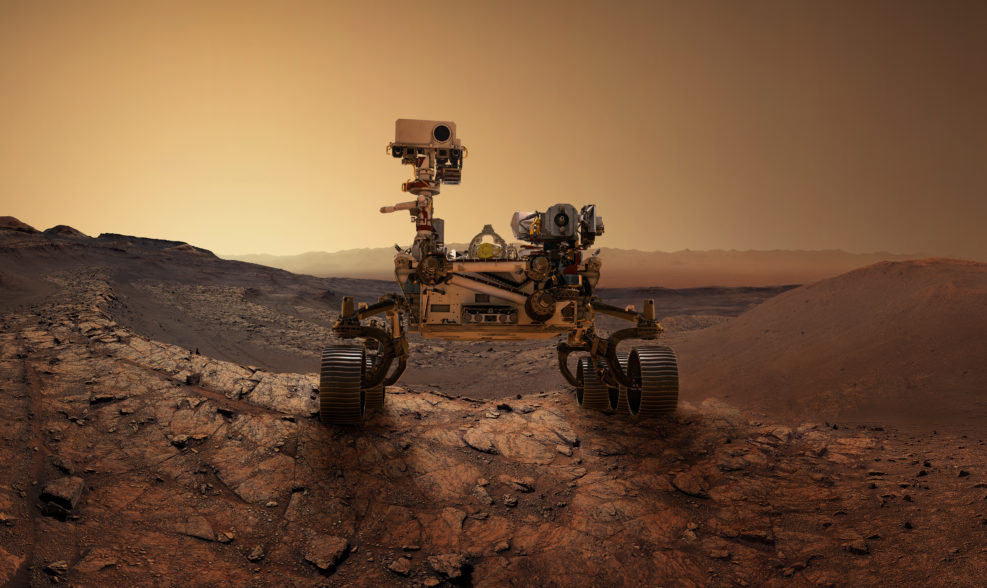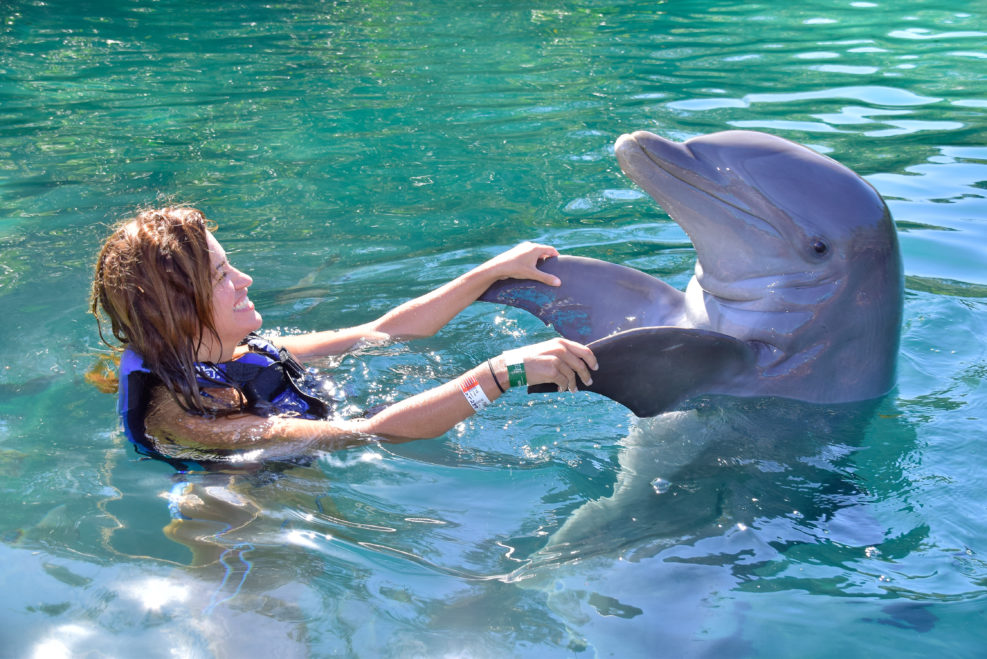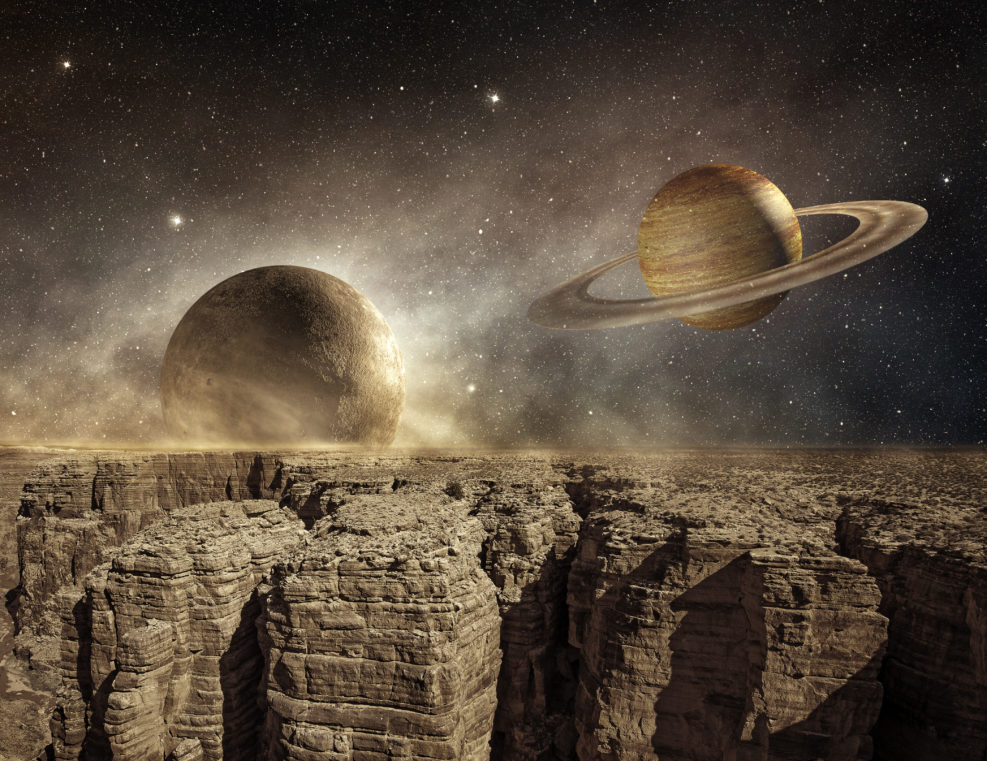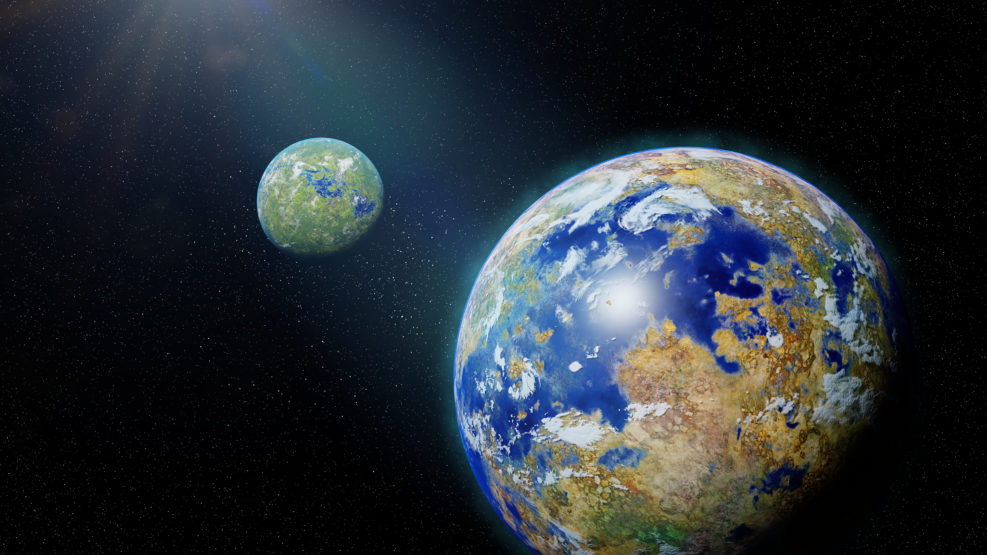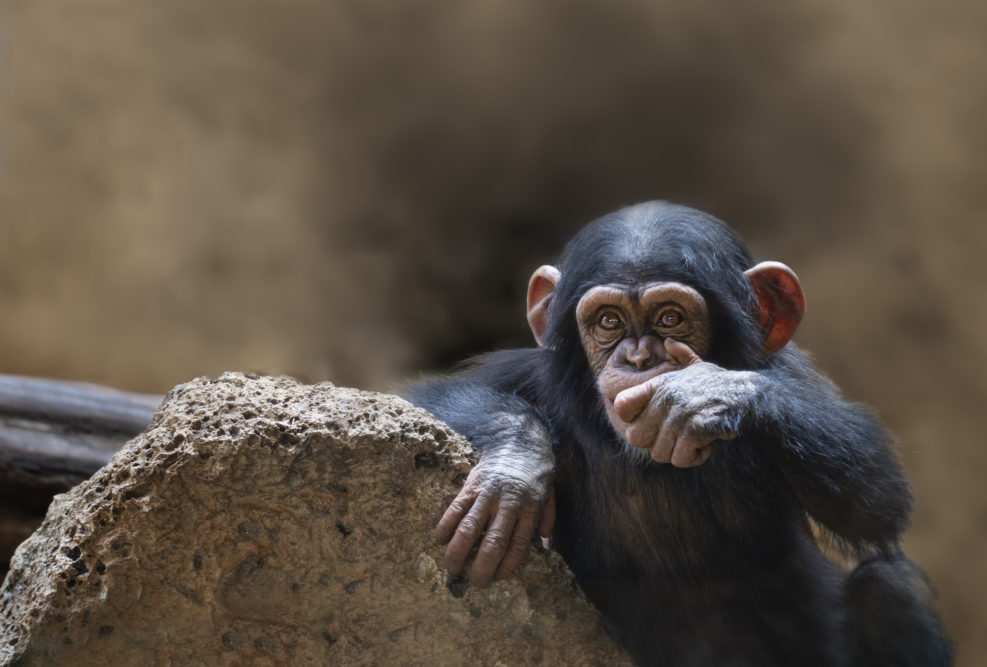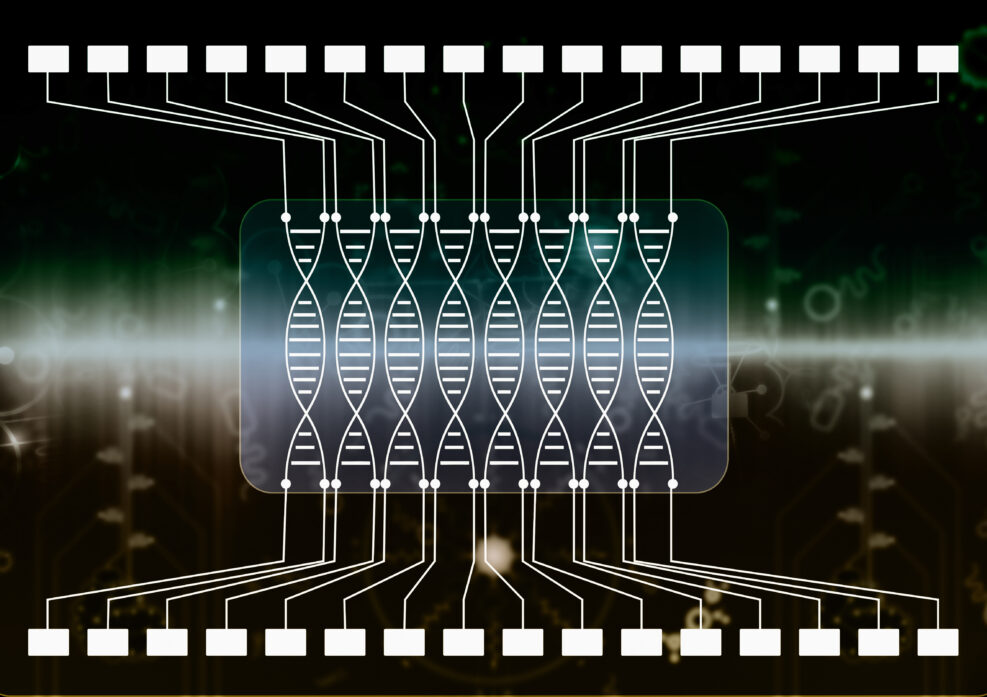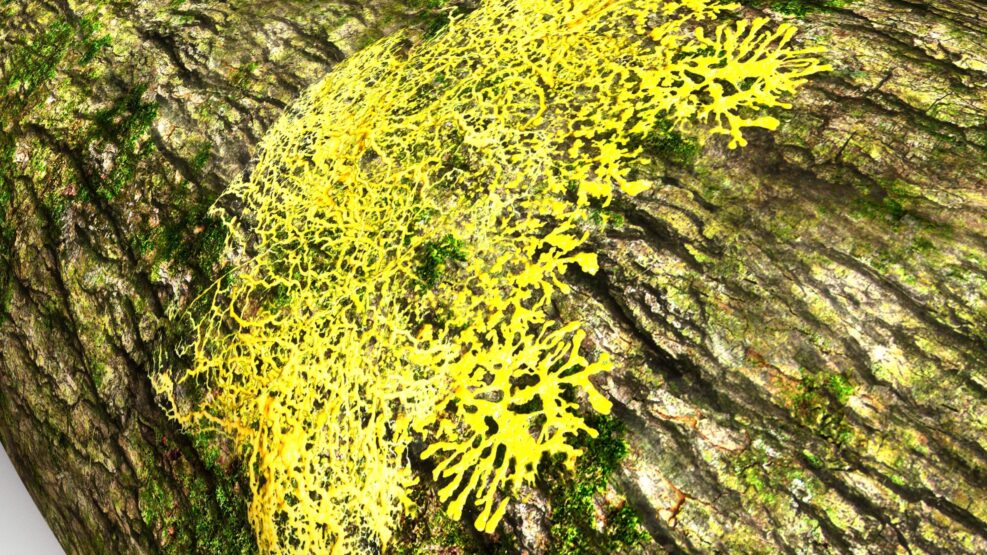
A Physicist and Philosopher Examines Panpsychism
Idealism says everything is an idea in the mind of God. Panpsychism says everything participates in consciousness (thus is not just an idea)In last week’s podcast,” our guest host, neurosurgeon Michael Egnor, interviewed philosopher of science Bruce Gordon on “Idealism and the Nature of Reality.” Idealism is the view that “something mental (the mind, spirit, reason, will) is the ultimate foundation of all reality, or even exhaustive of reality” – Stanford Encyclopedia of Philosophy. As Gordon noted in the earlier portion of this podcast, idealism is actually a practical philosophy. It originated with Plato (c. 424–347 BC) but the modern form, which he himself holds, is that of George Berkeley (1685–1753). In Berkeley’s view everything that exists is an idea in the mind of God. Thus, Dr. Egnor asked him what he thinks of panpsychism, the view that everything in the universe Read More ›


